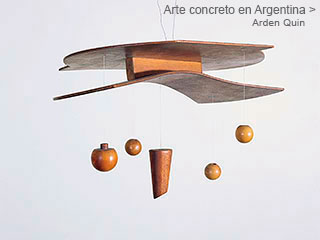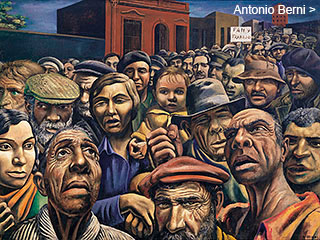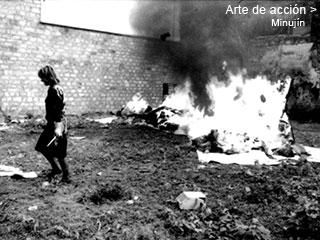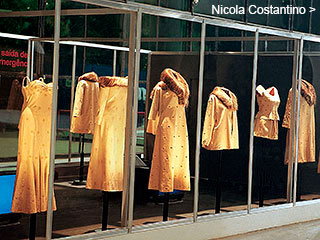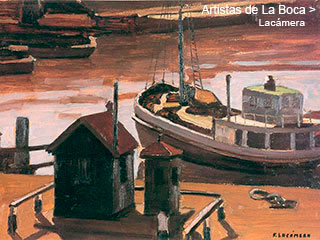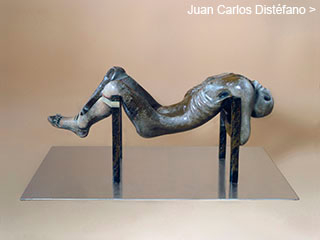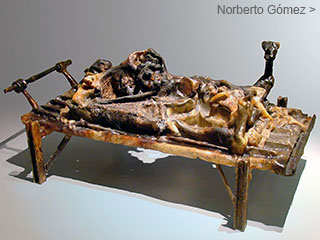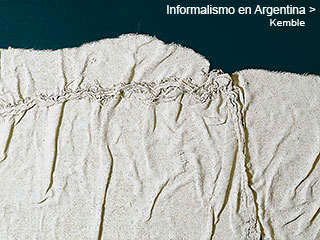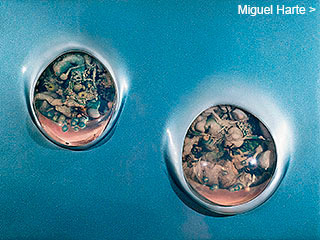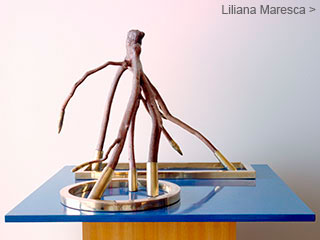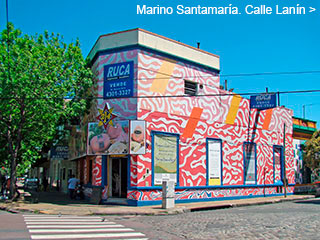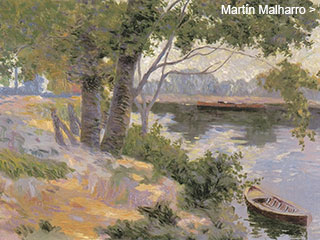Menú
Algunos dossiers
Juan Carlos
Distéfano
Distéfano
by
Adriana Lauria and Enrique Llambías
January 2003
January 2003
The dossier on Juan Carlos Distéfano spans from the time of his beginnings
as a painter to his recent works as a sculptor, a first for the CVAA. It covers
over forty years of his work and his commitment to art and reality. A special section offers a view on his work as a graphic designer, which he carried out mostly at the Di Tella Institute.
as a painter to his recent works as a sculptor, a first for the CVAA. It covers
over forty years of his work and his commitment to art and reality. A special section offers a view on his work as a graphic designer, which he carried out mostly at the Di Tella Institute.
1952
He enrols in the Escuela de Bellas Artes (school of fine arts) “Manuel Belgrano”. His teachers are, among others, Onofrio Pacenza, Alfredo Gramajo Gutiérrez, Santiago Cogorno and Aurelio Macchi; many years later he publicly thanks Macchi for his teachings in a text:
“Space. Empty space and occupied space. You taught me to see it. You, by teaching me to sharpen my eye and my sense of touch, introduced me to the mysteries of the opposites that make up the world and make up life, physically and spiritually. Poetry is born of one form next to another: ‘an ear, for an artist, is first a form and then an ear.’ Those were deceptively simple truths, but in order for them to exist, someone had to give them a name. You named form and there was form.” 
From the beginning, he is interested not so much in the naturalist elaboration of classicism as in the more schematic, essentialist, sparse forms of archaic art traditions such as the Sumerian, Egyptian and Assyrian. In the library of the Museo Nacional de Bellas Artes he Studies the Flemish painters, especially their drawings. He shares literary tastes with Griselda Gambaro, who was at the time a young writer. He becomes interested in theatre, and reads Albert Camus, Thomas Mann, and Herman Hesse.


